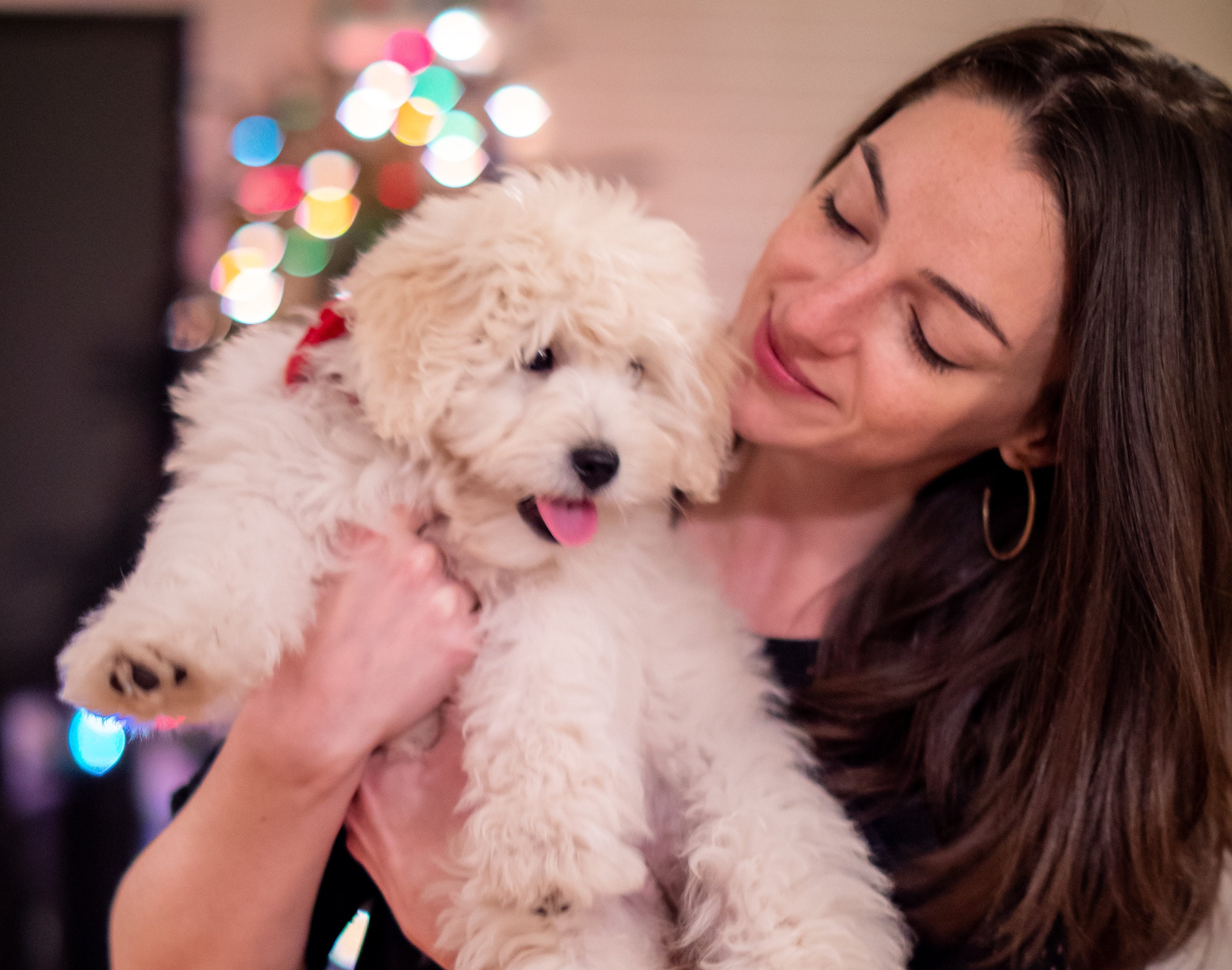
Dia De Los Muertos
I was fortunate enough to spend last weekend in Mexico City to experience some of the preparations and celebrations for Dia de los Muertos with my boyfriend Saul’s family. Dia de los Muertos, also known as Dia de Muertos, means “Day of the Dead.” In Mexico, as in all places I have visited, the death of a loved one is a sad occurrence, followed by a somber funeral. However, Mexican culture also celebrates Dia de Muertos annually, which is a beautiful way to commemorate the lives of loved ones who have departed this world. Going back to ancient times, the Aztecs believed that the souls of their loved ones would return to spend one day a year with their families. Later, when the Spanish colonized Mexico, they too fell in love with the custom and decided to observe it. Dia de Muertos is actually a two-day holiday; the first evening is dedicated to children who have died, while the second day is for celebrating the lives of adults.
In my family’s Jewish culture, when someone dies, we mark the passing of their death annually on the corresponding day in the Jewish calendar, which means that the date changes slightly in the Roman calendar every year. This is not a celebratory occasion for us. So for me, the concept of Dia de Muertos as a celebratory occasion at first seemed confusing. Much of this is because until last weekend, my knowledge of the holiday was largely based on pop culture. For example, the opening scene of the 2015 James Bond movie Spectre takes place on the streets of downtown Mexico City, during a festive parade. In fact, the opening scene was so impressive that it drew visitors to the city, who were disappointed to learn that the parade had been invented for the movie. After some consideration, tourist interests actually made the parade a reality, and this year was the third year that it took place. Unfortunately, the time and location of the parade changed several times, so despite our best laid plans, we were unable to see any of it this year. Next year, we’ve already decided to rent a place along the parade route to guarantee proximity no matter what! Last year, the beautiful, colorful Disney movie Coco was released. I couldn’t recommend the film more, and the soundtrack is incredible. I have yet to meet someone who didn’t find it enjoyable and educational (fair warning: it’s a bit of a tearjerker)!
There are 31 states in Mexico, plus its capital, Mexico City, and how the holiday is celebrated differs from state to state. One of the most traditional ways to celebrate Dia de los Muertos is by constructing an ofrenda, or altar, to commemorate the lives of those who have passed. The ofrenda is decorated with fruits, candles, flowers, and photos of the departed, as well as some of their favorite foods. The light from flickering candles and scent of the traditional cempasúchitl (marigold) flowers are said to attract souls to their family’s altars to enjoy the offerings. As an example of the different beliefs throughout Mexico, in Merida, it is customary to wait a year between the passing of a loved one and placing their photo on the ofrenda. This is because in that area, it is believed that the soul of a person must remain in heaven for a year before he or she can visit with the family members in the flesh.
There is special food served at this time of year, as well; the most well-known is arguably pan de muerto, or “bread of the dead.” Year-round, Mexican breakfast is almost always accompanied by pan dulce (sweet bread). Pan de muerto is only available around Dia de Muertos. However, even this bread is baked differently in different parts of the country. In Mexico City, it is similar to a doughnut, topped with “bones” made of dough and sprinkled with sugar; in Oaxaca, it more closely resembles a dinner roll and is accented by a plastic doll head.
I’m not a fan of anything spooky, and I’ve never worn or decorated with skulls. BUT sugar skulls – those colorful and diverse skulls popular throughout pop culture are sweet – both literally and figuratively! Sugar skulls are an important part of celebrating Dia de los Muertos. Some people display these sugar skulls to remember loved ones who have passed. Others say that they honor the living, symbolizing that we are all united by a common fate. Nowadays, you can buy these skulls made from a variety of materials, including the traditional sugar paste, chocolate, or even an ancient grain called amaranto.
In villages and more rural areas of the country, ofrendas are built in cemeteries, at the actual grave sites of the deceased. In major cities, where cremation is more common, ofrendas are often constructed in family homes. Since we were in Mexico City, we made the ofrenda at home. It was such a rich cultural experience to visit a traditional market to select items to create the ofrenda and then to construct it with Saul’s family. We listened to music from Coco as we put up the table, hung cut paper decorations known as papel picados, and placed items on the table. The entire house smelled really special – a mix of the cempasúchitl flowers petals, freshly-brewed coffee (a favorite of Saul’s late grandfather), fruit, and pan de muerto. It is said that of the five senses, scent is most tied to memories, and I completely agree. I wish I could bottle the inviting scent! The last thing we did was light the candles and turn off the house lights. It was a real privilege to be able to experience that with Saul and his family. I look forward to learning more about the holiday and creating our own ofrenda next year.








